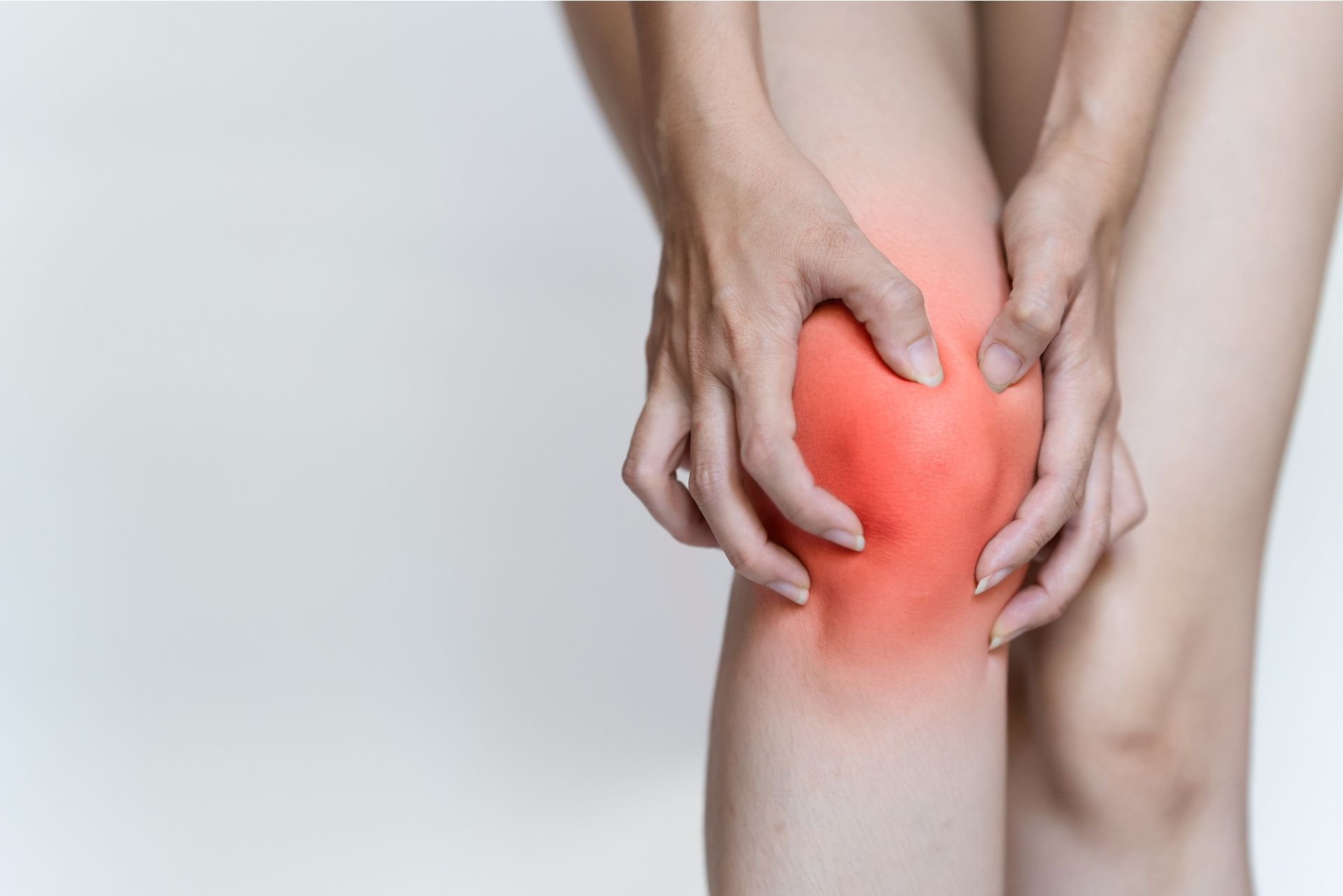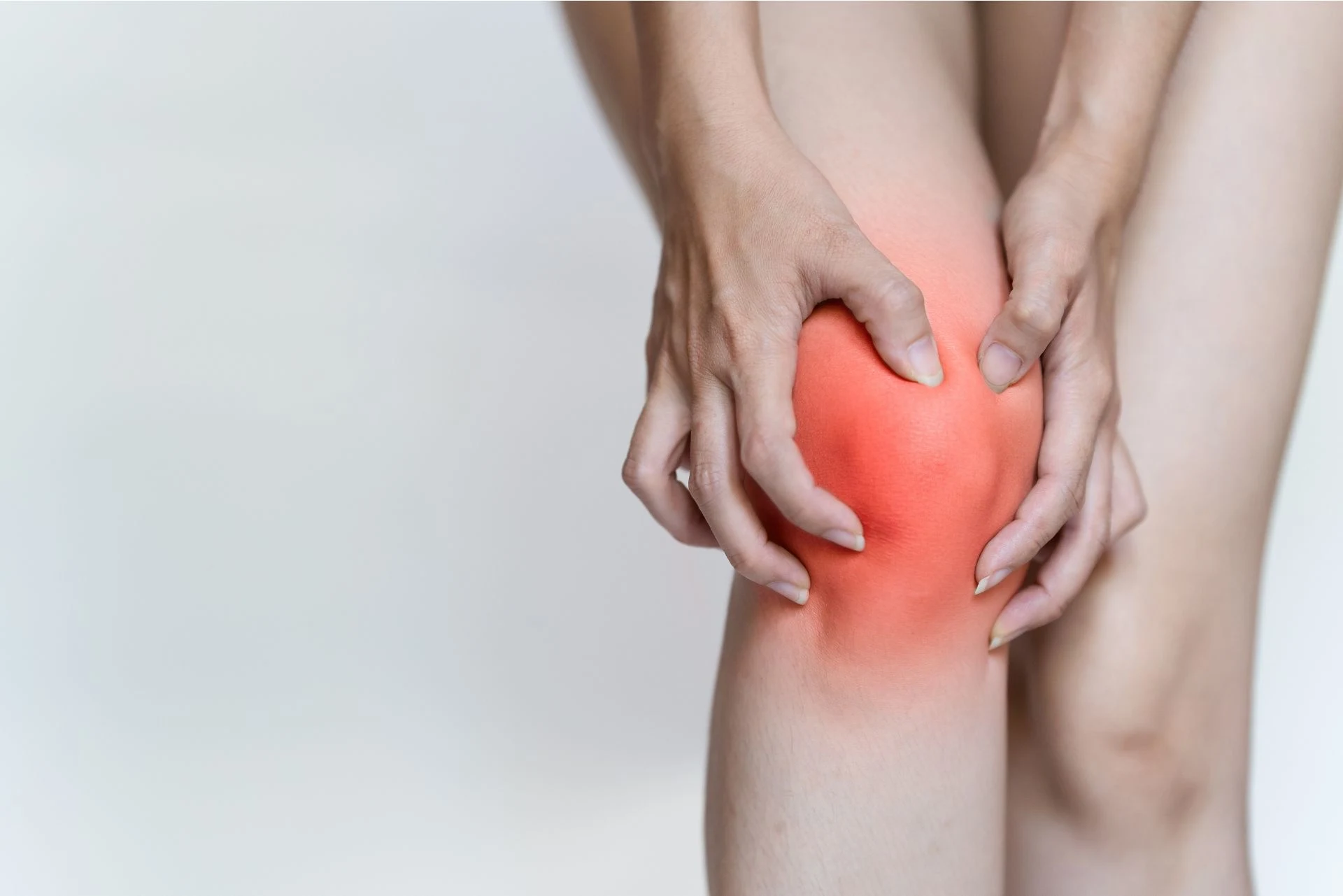Understanding Hemiplegia: Causes, Symptoms, and Treatment

Hemiplegia is a serious neurological condition that results in paralysis on one side of the body. It often occurs due to damage in the brain or spinal cord and can significantly impact mobility, independence, and overall quality of life. At Dr Hridyas Ayurveda Speciality Treatment Centre, we believe that combining modern medical understanding with traditional Ayurvedic treatments offers a holistic path to recovery and better management of this condition.
What is Hemiplegia?
Hemiplegia refers to the loss of motor function on either the left or right side of the body. It should not be confused with hemiparesis, which indicates weakness rather than complete paralysis. The extent of disability can vary—some individuals lose almost all mobility, while others may retain partial movement.
For many, hemiplegia is life-changing, but with timely diagnosis and effective therapy, patients can regain significant function and improve their independence.
What Causes Hemiplegia?
Hemiplegia results from damage to one side of the brain or the spinal cord, as the brain’s left hemisphere controls the right side of the body, and the right hemisphere controls the left.
The major causes of hemiplegia include:
- Stroke: This is the most common cause, occurring when a blood vessel in the brain is blocked (ischemic stroke) or ruptures (hemorrhagic stroke), leading to brain tissue damage.
- Traumatic Brain Injury (TBI): Severe head injuries from accidents or falls can damage the brain’s motor control regions.
- Brain Tumors: As tumors grow, they can press on areas of the brain responsible for movement.
- Brain Infections: Conditions like meningitis or encephalitis can cause inflammation and lasting damage to the brain.
- Congenital Causes: Hemiplegia can occur due to damage to the brain before, during, or shortly after birth, often leading to a diagnosis of Hemiplegic Cerebral Palsy.
- Genetic Disorders: Rare conditions like Alternating Hemiplegia of Childhood (AHC) cause recurring, temporary episodes of paralysis that can switch sides of the body.
- Spinal Cord Injury: Trauma to one side of the spinal cord (such as in Brown-Sequard syndrome) can also cause one-sided paralysis.
Symptoms of Hemiplegia
Symptoms can vary greatly in severity and manifestation but generally involve:
- Paralysis or Severe Weakness: On one entire side of the body (face, arm, and leg).
- Difficulty Walking: Including walking on the tip-toe of the affected side or a loss of balance.
- Poor Fine Motor Skills: Trouble grasping or holding objects on the affected side.
- Muscle Tone Abnormalities: The affected muscles can be either limp (flaccid paralysis) or stiff and tight (spastic hemiplegia), which can cause awkward or uncontrolled movements.
- Sensory Changes: Numbness, loss of sensation, or difficulty feeling hot/cold/touch on the affected side.
- Speech and Cognitive Issues: Depending on the area of brain damage, difficulties may include slurred speech, trouble understanding language, memory issues, or trouble concentrating.
- Seizures: Can sometimes accompany the initial brain injury or occur later.
For sudden symptoms, especially a one-sided facial droop, arm weakness, or slurred speech, seeking immediate medical attention is vital, as these are classic signs of a stroke.
Diagnosis of Hemiplegia
octors use several methods to diagnose hemiplegia and its cause:
- Neurological assessments
- MRI or CT scans
- Electromyography (EMG)
- Blood tests to rule out infections or metabolic issues
Accurate diagnosis allows for better treatment planning and rehabilitation.
Treatment and Prognosis
- Will hemiplegia go away?: For many, hemiplegia is a permanent condition resulting from irreversible brain damage. However, the brain’s ability to rewire itself (plasticity) means that significant improvement and functional recovery are possible with consistent therapy. Hemiplegia does not typically worsen over time (it is non-progressive), but the degree of recovery is highly dependent on the cause, location, and severity of the initial injury, and the patient’s commitment to rehabilitation. In rare cases, such as those caused by migraines or Transient Ischemic Attacks (TIAs), the paralysis may be temporary and resolve completely.
- Can hemiplegia be caused by stress?: While stress itself is not a direct cause, chronic emotional stress and physical fatigue can be triggers for conditions that lead to hemiplegia, such as stroke or migraine-associated hemiplegia episodes. Stress management is often part of a preventative health plan, especially for individuals at risk for stroke.
- How is hemiplegia treated?: Treatment is twofold: managing the underlying cause and comprehensive rehabilitation.
- Assistive Devices: Canes, walkers, braces (orthotics like an AFO), and wheelchairs may be used to enhance mobility and stability.
- Managing Underlying Causes: Immediate medical care is necessary to treat conditions like stroke, infection, or tumors. Medications may be used to manage risk factors (like high blood pressure or cholesterol) or secondary symptoms (like muscle stiffness or seizures).
- Rehabilitation: This is the cornerstone of hemiplegia treatment, aiming to maximize independence and function. A multidisciplinary team (physiatrist, physical therapist, occupational therapist, speech therapist) is often involved.
- Physical Therapy (PT): Focuses on regaining balance, strength, mobility, and improving walking through targeted exercises and stretching.
- Occupational Therapy (OT): Helps patients relearn or adapt to performing activities of daily living (ADLs) such as dressing, eating, and bathing.
- Speech Therapy: Addresses difficulties with speech, language, and swallowing.
- Specialized Techniques: Includes Modified Constraint-Induced Movement Therapy (mCIMT), which encourages the use of the weaker side by restraining the stronger side, electrical stimulation, and mental imagery.
Complications of Hemiplegia
Living with hemiplegia can lead to secondary complications that need ongoing management:
- Joint and Muscle Issues: Contractures (permanent muscle shortening), joint pain (especially in the shoulder), and muscle spasms.
- Falls and Injuries: Due to poor balance and coordination.
- Cognitive and Psychological: Depression, anxiety, memory issues, and behavioral changes are common and require psychological support.
- Swallowing Issues (Dysphagia): Leading to a risk of aspiration and pneumonia.
Recovery is a journey that requires patience, persistence, and a strong support network. With modern rehabilitation techniques, many individuals with hemiplegia achieve significant functional recovery and lead independent, fulfilling lives.
Ayurvedic Approach to Hemiplegia at Dr Hridyas Ayurveda Speciality Treatment Centre
Ayurveda, the ancient science of healing, offers holistic therapies to manage hemiplegia by addressing both the root cause and symptoms. At Dr Hridyas, our expert practitioners design personalized treatment plans that combine detoxification, rejuvenation, and rehabilitation.
1. Panchakarma Therapies
Panchakarma helps remove accumulated toxins and balance the doshas. Specialized treatments like:
- Abhyanga (therapeutic oil massage) – Improves blood circulation and muscle strength.
- Shirodhara – Calms the nervous system and reduces stress.
- Basti (medicated enema therapy) – Nourishes and rejuvenates the nervous system.
2. Herbal Medicines
Herbs such as Ashwagandha, Bala, and Brahmi are prescribed to strengthen nerves, reduce inflammation, and restore motor functions.
3. Diet and Lifestyle Guidance
Ayurveda emphasizes a balanced diet rich in satvik foods, along with yoga and meditation practices to support mental well-being and recovery.
4. Rehabilitation Through Yoga
Specific asanas and pranayama are introduced gradually to improve flexibility, coordination, and balance while enhancing overall vitality.
By combining modern diagnostic insights with Ayurvedic wisdom, patients experience improved motor recovery, reduced stiffness, and better overall quality of life.
Rehabilitation and Recovery
Recovery from hemiplegia requires patience and consistency. At Dr Hridyas, our integrated rehabilitation programs include:
- Individualized therapy plans tailored to each patient
- Regular progress monitoring
- Family education and counseling for better support at home
- Long-term care strategies to prevent complications and maintain improvements
Living with Hemiplegia
While the condition presents challenges, patients can live fulfilling lives with proper treatment and support. Key strategies include:
- Making homes more accessible with supportive tools
- Engaging in gentle exercises and yoga
- Maintaining a nutritious diet to strengthen the body
- Staying socially active for emotional health
Hemiplegia is a complex condition that requires timely diagnosis, comprehensive treatment, and compassionate care. At Dr Hridyas Ayurveda Speciality Treatment Centre, we combine the strengths of Ayurveda with modern rehabilitation methods to empower patients on their healing journey. With the right approach, individuals can regain functionality, confidence, and a better quality of life.
Book your consultation



